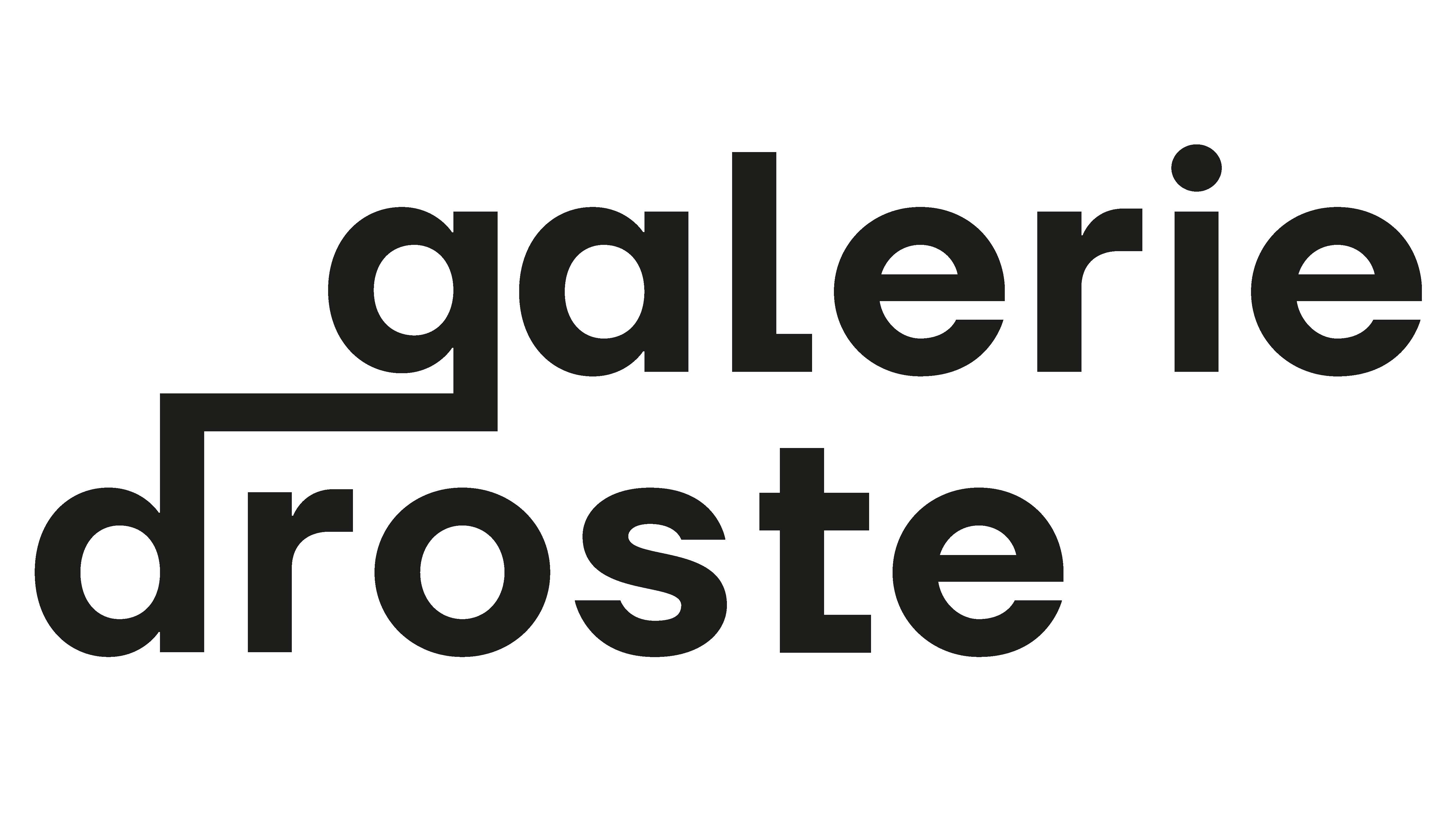In the classical sense, portraits show people's faces. They characterize their status, their social milieu, their mental state, their false ego, their lies and their truths. For many, the face is the most important asset. A measurable value that must be constantly compared in its currency through operations, likes, make-up and selfies. Faces bring followers, they bring money, they bring exhibitions and art sales. The face determines trust and bargaining power, politics, love and hate. Such a face religion does not lead humanity to better ways. But people cannot let go of it either, because they are dependent on faces from the moment they are born. But what good are portraits if the faces on them are not recognizable at all? When they are veiled, for example? This is the case with Amir. For the face does not necessarily have to be the subject of a portrait.
We are reminded of Frida Kahlo, whose self-portraits permeate her entire life's work. Her face is mostly expressionless; anyone trying to read it will not get very far. Instead, the many objects, symbols, and landscapes arranged around it tell of the biography and the strokes of fate of the person portrayed. This is similar to Amir H. Fallah, who fills the structures of his visual world with numerous historical, pop-cultural, or political references. These do not float freely like collages in a dreamlike state, but combine to form graphically well-planned picture-in-picture arrangements, windows, grids, and two-dimensional narrative structures as in comics or ancient Egyptian art.
At first, the veiled person seems to be anyone-the one projected underneath, or the one you wouldn't expect to be there. But what if it is not anyone? What if it would be presumptuous to assume that the person is interchangeable at will, just because their face doesn't want to tell us anything? “The Veiled Figures is part of an ongoing body of work that attempts to deconstruct and expand our understanding of portraiture.” says Amir H. Fallah. “Many assume that the figures are women or all Muslim, but they are not. They are people of all genders, religions, and backgrounds. It’s interesting to me that even when you try to obscure everything about a person, people still bring their own biases and prejudices to the image.”
Amir H. Fallah was born in Iran in 1979, shortly after the Islamic Revolution and during the Iran-Iraq War. He left the country with his family when he was four and a half years old. His imagery reveals the various cultural influences he has been exposed to. From his childhood to his youth and pop culture in the USA. Nothing is simplified by the mixture, it appears more complex from the outside, but Fallah's approach is also based on a calm, planned approach to composition. In the end, his language becomes louder again, creating a contemporary oriental art nouveau, a religious pop art with collage elements from MTV clips, or a multi-narrative surrealism of fluid cultural identities.
Fallah calls the paintings with windows and gridded surfaces “grid works”. He develops digital collages in advance, sometimes incorporating 20 to 50 images. He provokes the collision of aesthetic and iconographic hierarchies. "Not only is it a visual manifestation of my diverse range of interests, but it also speaks to the times we are living in, where the entire world is at your fingertips, and technology and globalization have brought disparate cultures together. The viewer is left to assign value to the images based on their own experiences and biases.” There should be no "one" correct decoding of the figurative imagery. In two of the oval works, veiled figures hold Persian antiquities in their arms, as if to protect, preserve or, almost like a child, embrace them. But the contours of all three oval canvases can also be associated with religious icon painting. In Catholic imagery, the resurrection of Jesus is also depicted through oval patterns of color and light that frame the upright body. Figures are reflected in the rectangular works like butterflies, unfolding like ornamental patterns or like spiritually enlightened figures. Depictions of freedom and heaven, as in I Don't Belong To Anyone, are combined with a bound figure lying on the stone floor. The dreamer in No Gods No Kings, Love Is The Thing, smoking with relish, encounters the praying man kneeling before his bed. The work To See Beyond The Dark And Find The Light is about hope when it seems elusive. "I was thinking about all the challenges of life, especially when you're middle-aged like me. You worry about your child, your aging parents, your own health, and the state of the world.” Amir H. Fallah's worlds always reveal humor, but also tragedy and fragility, beauty and sensuality, as well as the disturbing and the ambivalent. His paintings captivate the viewer, leave a strong visual impression, and create their own icons of which one does not really know who they are. This is precisely what gives them their mysterious powers at a time when faces are becoming digital mass consumption and thus economic currency.
Larissa Kikol
Amir H. Fallah (b. 1979, IR) lives and works in Los Angeles, California. He received his BFA in Art and Painting from the Maryland Institute College of Art in 2001 and his MFA in Painting from the University of California in 2005.

